| Sorted by date | |||
page107from Building Ideashand”, particularly the way the tool in use becomes “transparent” to the person using it. This idea of reaching out into the environment – in the sense of the tool as an extension of the body – becomes a major theme in Merleau-Ponty’s work, particularly in his unfinished writings published just after his death. Earlier, in his book The Phenomenology of Perception, he had described a common scenario, where a person driving a new car takes a period of time to become accustomed to its size. With experience the person can feel whether the car will fit through a particular opening, as the volume of the vehicle becomes gradually incorporated into the overall “body image”. Likewise in the case of a blind person who has to navigate with the aid of a stick, the tip becomes the point of sensitivity and a means of communication with the surrounding environment. The stick becomes a part of the body as the person eventually learns to feel things “through” it and, like Heidegger’s hammer, it “withdraws” from our perception as the world is experienced at the tip of the cane.13 In his essay “The Intertwining – the Chiasm” which appeared in 1964, he developed the concept of the “flesh of the world” as a means of further exploring this idea. The intertwining referred to in the title is again that of the individual with the outside world, which he saw as a kind of transitional zone where the flesh of the body interacts with the “flesh” of things. Instead of a barrier between the mind and the world, he saw the body as our means of contact – the only means we have available for the task of reaching out to understand the world: It is that the thickness of flesh between the seer and the thing is (as) constitutive for the thing of its visibility as (it is) for the seer of his corporeity; it is not an obstacle between them, it is their means of communication . … The thickness of the body, far from rivaling that of the world, is on the contrary the sole means I have to go unto the heart of the things, by making myself a world and by making them flesh.14
|
|||
|
|||
|
|
Readingroom from Wu Huiping
1/11Go to Page:
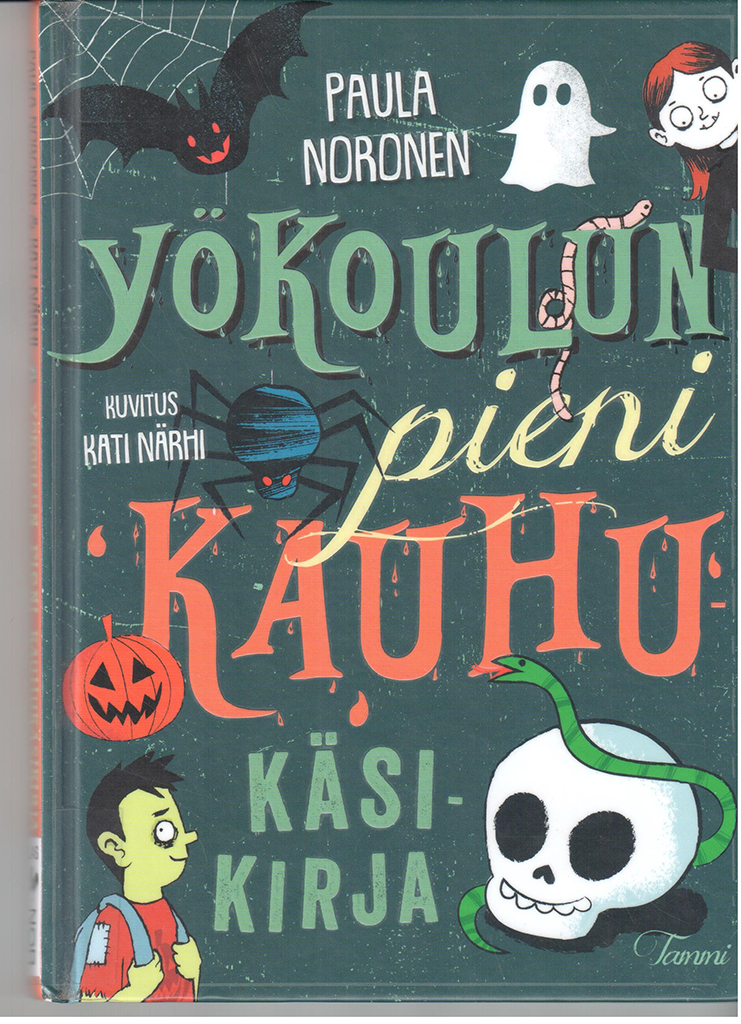 ... ...
... ...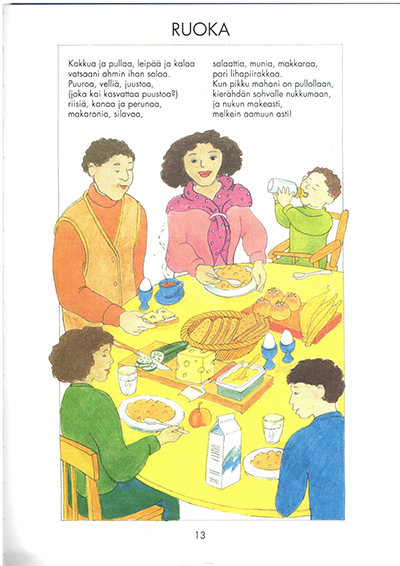 ... ...
... ...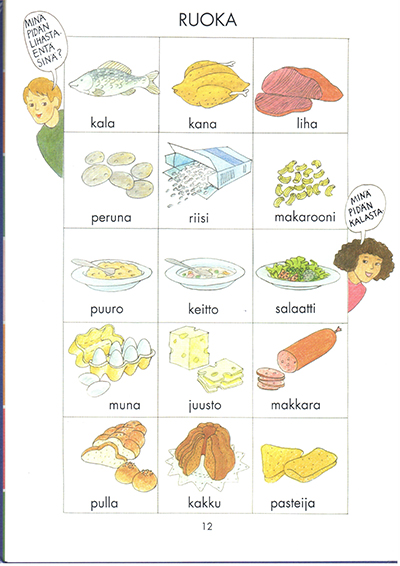 ... ...
... ...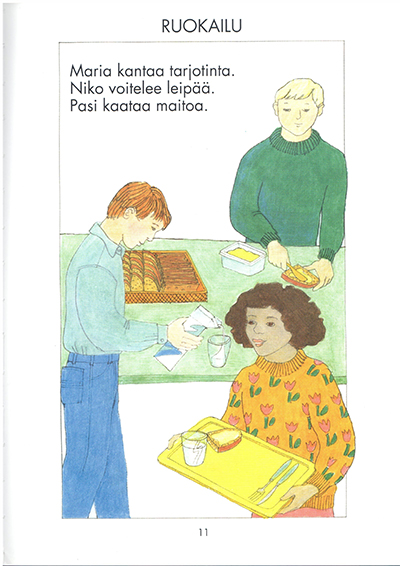 ... ...
... ...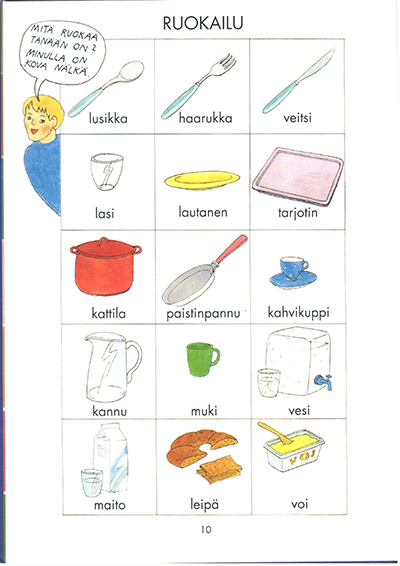 ... ...
... ...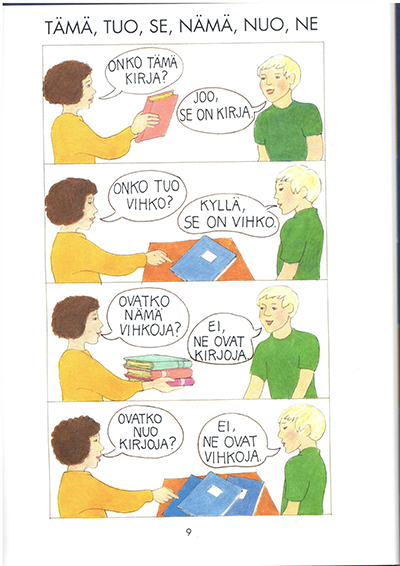 ... ...
... ...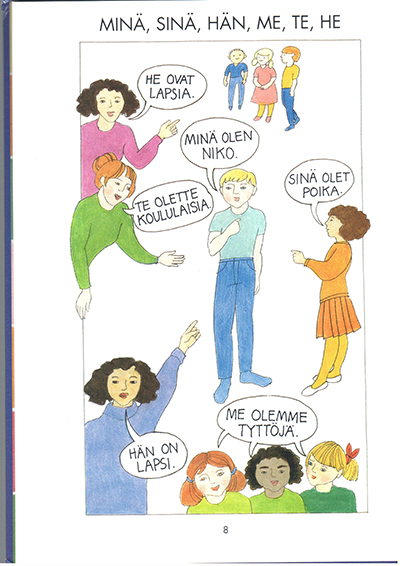 ... ...
... ...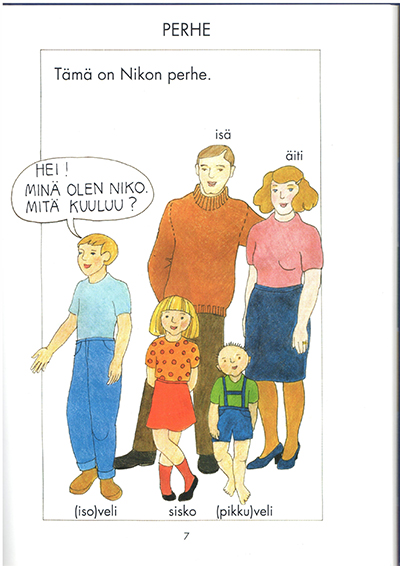 ... ...
... ... ... ...
... ...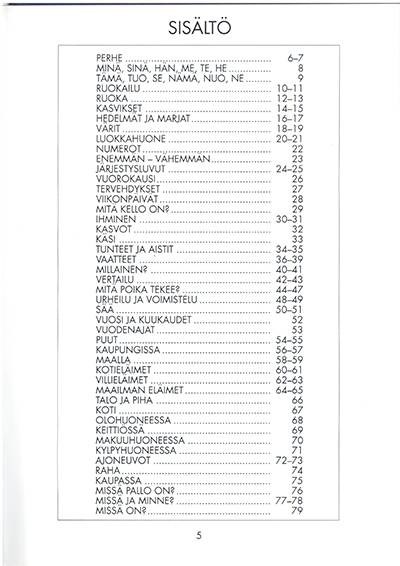 ... ...
... ... ... ...
... ... ... ...
... ...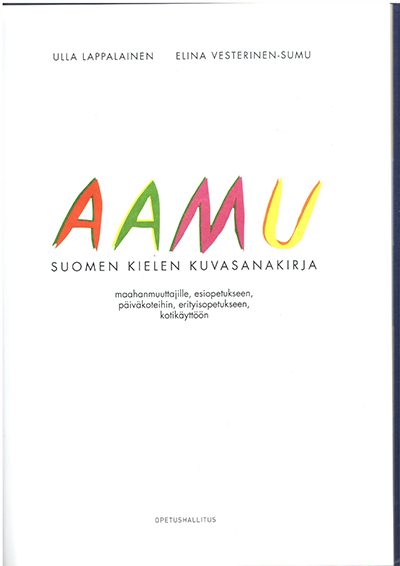 ... ...
... ...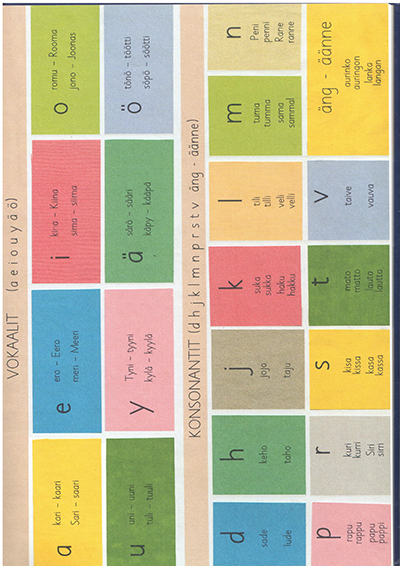 ... ...
... ...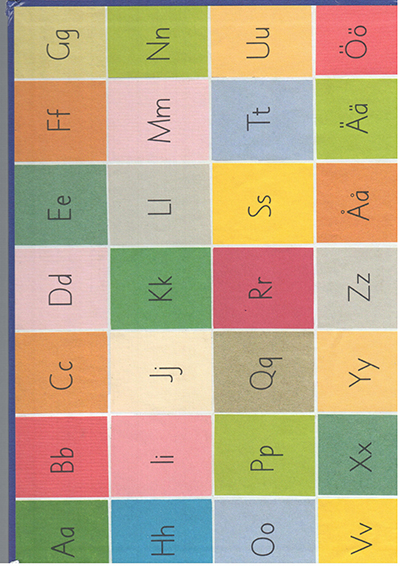 ... ...
... ...